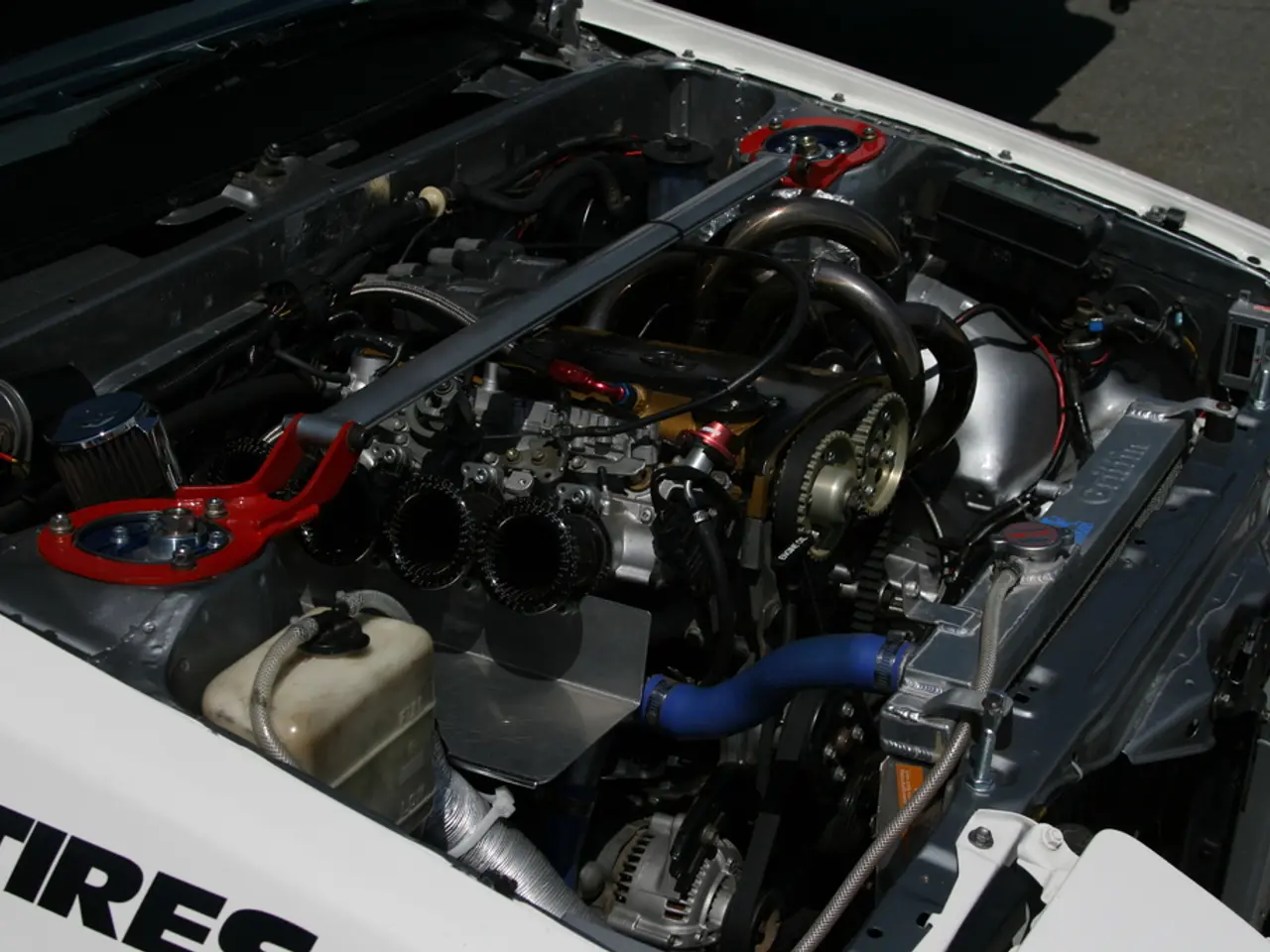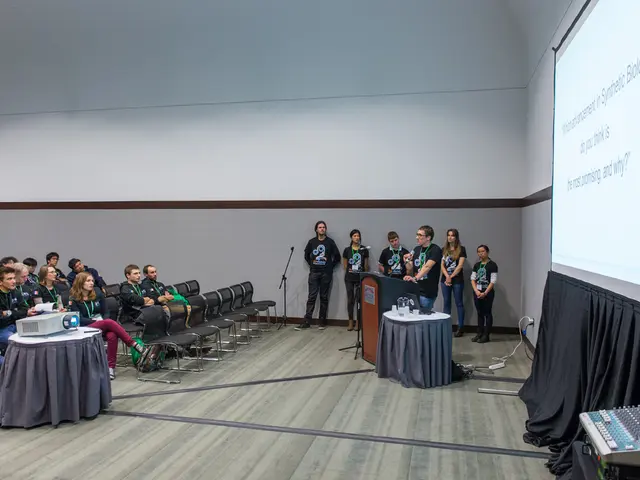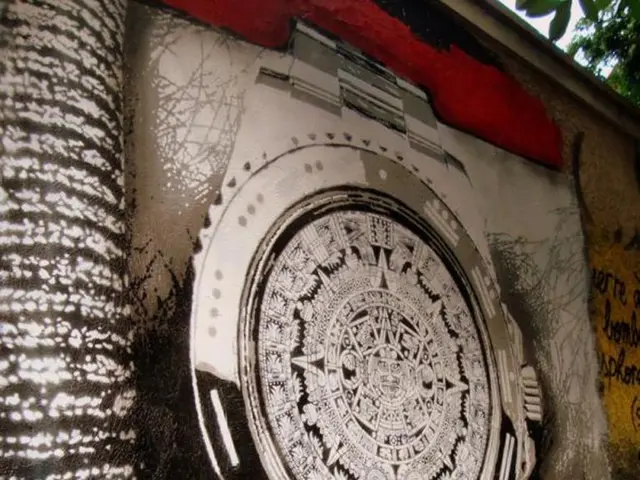Researchers at Argonne National Laboratory unveil novel membrane technology for lithium extraction from water.
In a groundbreaking development, researchers from the DOE's Argonne National Laboratory and the Pritzker School of Molecular Engineering at the University of Chicago have created a new membrane technology for extracting lithium from water. This innovative approach could potentially revolutionise the lithium industry, making it more efficient, environmentally friendly, and independent from foreign suppliers.
The membrane is designed using vermiculite, a naturally abundant clay that costs approximately $350 per ton. Its structure is engineered to prevent collapse and neutralise its negative surface charge, enabling it to capture lithium ions more easily while keeping magnesium ions out.
The new technology's potential implications are far-reaching. By selectively filtering lithium ions from seawater and underground saltwater reserves, it could significantly accelerate lithium supply capacity. This could help alleviate current lithium supply chain shortages that constrain battery production for electric vehicles and renewable energy storage.
Lithium, a light metal with high energy density, is valuable for various applications, including electric vehicles, cellphones, laptops, and military technologies. However, traditional methods for extracting lithium from unconventional sources have been expensive, energy-hungry, and inefficient due to struggles in separating lithium from other elements like sodium and magnesium.
The researchers' findings were first published in the journal Advanced Materials. The research was funded by AMEWS, an Energy Frontier Research Center funded by the DOE Office of Basic Energy Sciences.
The membrane's performance is further refined by adding more sodium ions, decreasing its pore size, and allowing smaller ions like sodium and potassium to pass through while catching the larger lithium ions.
The team, led by Seth Darling, chief science and technology officer for Argonne's Advanced Energy Technologies directorate, includes Yining Liu, a Ph.D. candidate at UChicago and a member of the AMEWS team, as well as Yuqin Wang, Bratin Sengupta, Omar Kazi, Alex B. F. Martinson, and Jeffrey W. Elam. Liu, Wang, Kazi, Elam, and Darling also hold joint appointments with PME.
Furthermore, this membrane technology could potentially be adapted for recovering other valuable minerals or for water purification and resource recovery strategies in circular, climate-resilient water infrastructure systems. Thus, it may contribute to cleaner energy supply chains and more sustainable resource management in water and mining sectors.
In conclusion, the new membrane technology developed by Argonne National Laboratory and University of Chicago researchers offers a promising solution for lithium extraction, providing a potential low-cost and abundant alternative for tapping into the Earth's vast lithium reserves in seawater and underground saltwater reserves.
Science and technology have collaborated to develop a new membrane technology that could revolutionize the lithium industry, potentially offering an efficient, environmentally friendly, and independent means of extracting lithium from water. This innovative technology uses a clay called vermiculite, which, when engineered, can capture lithium ions more easily while keeping magnesium ions out. By harnessing this technology, selective filtering of lithium ions from seawater and other sources could significantly increase the lithium supply capacity, helping alleviate current shortages that affect battery production for electric vehicles and renewable energy storage.




